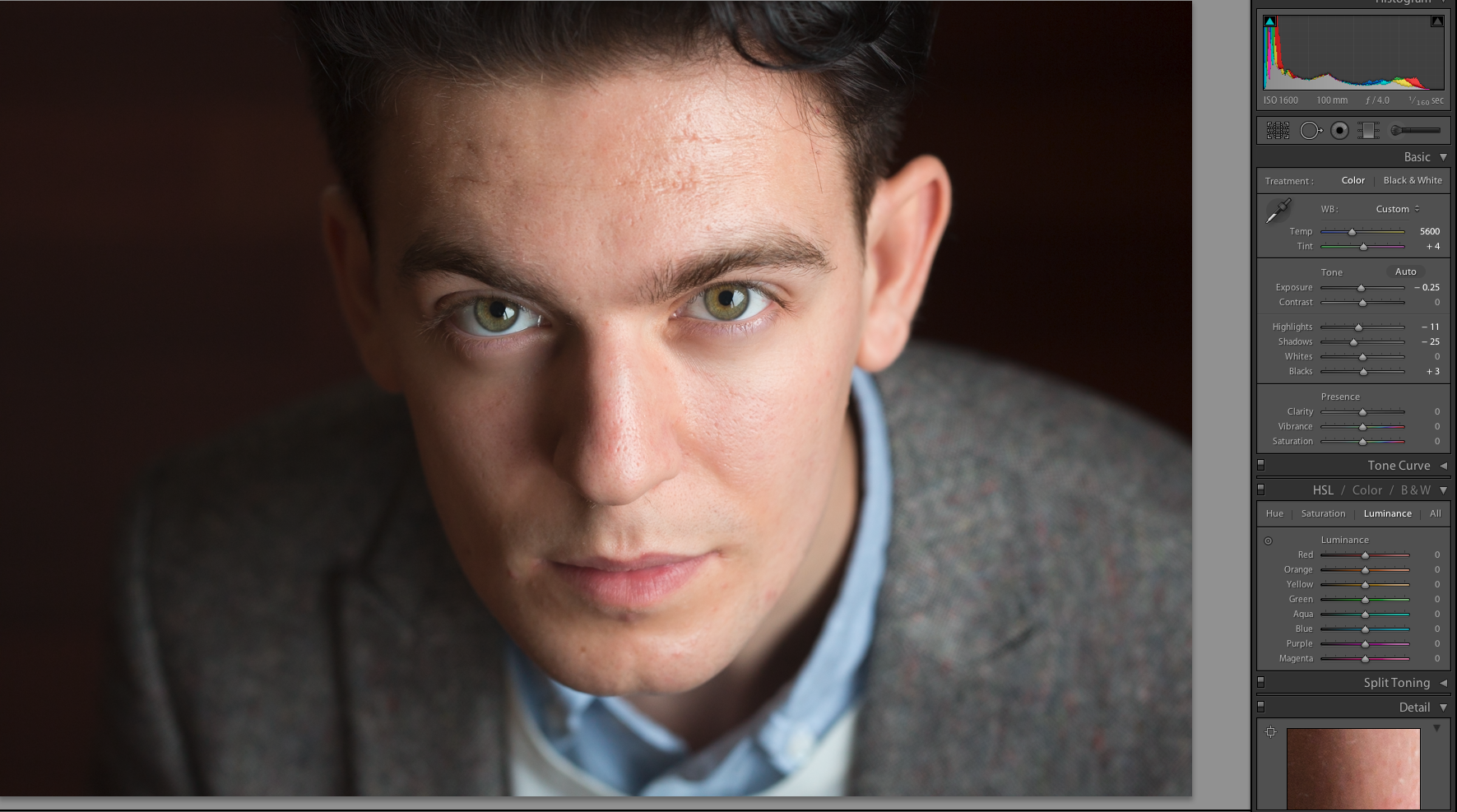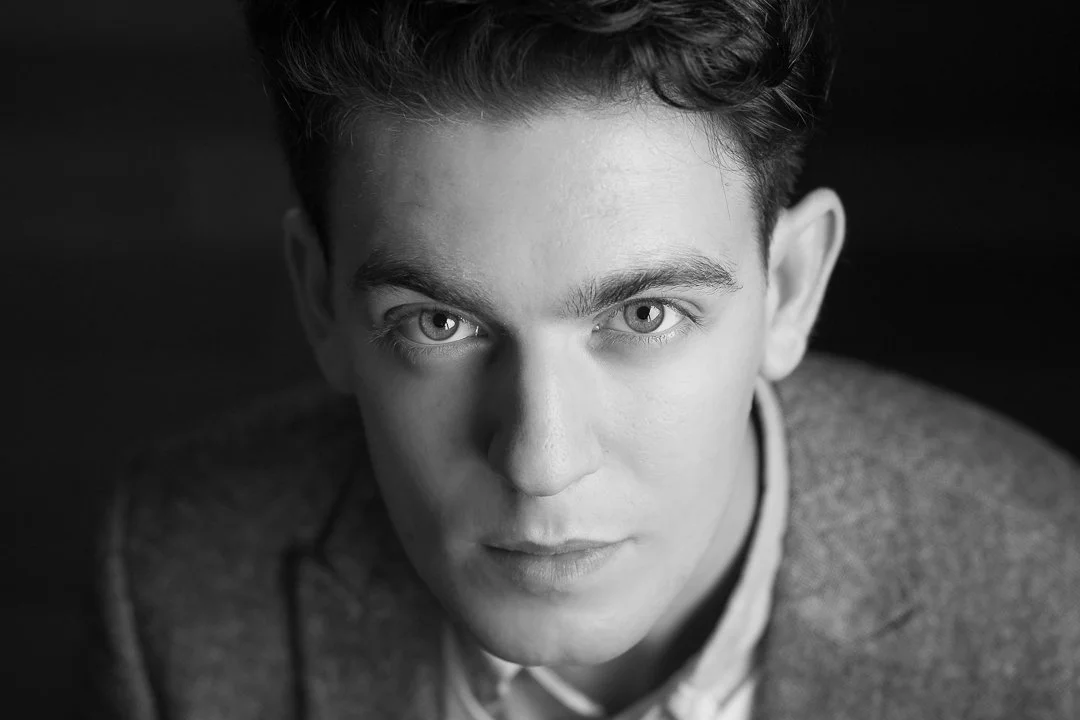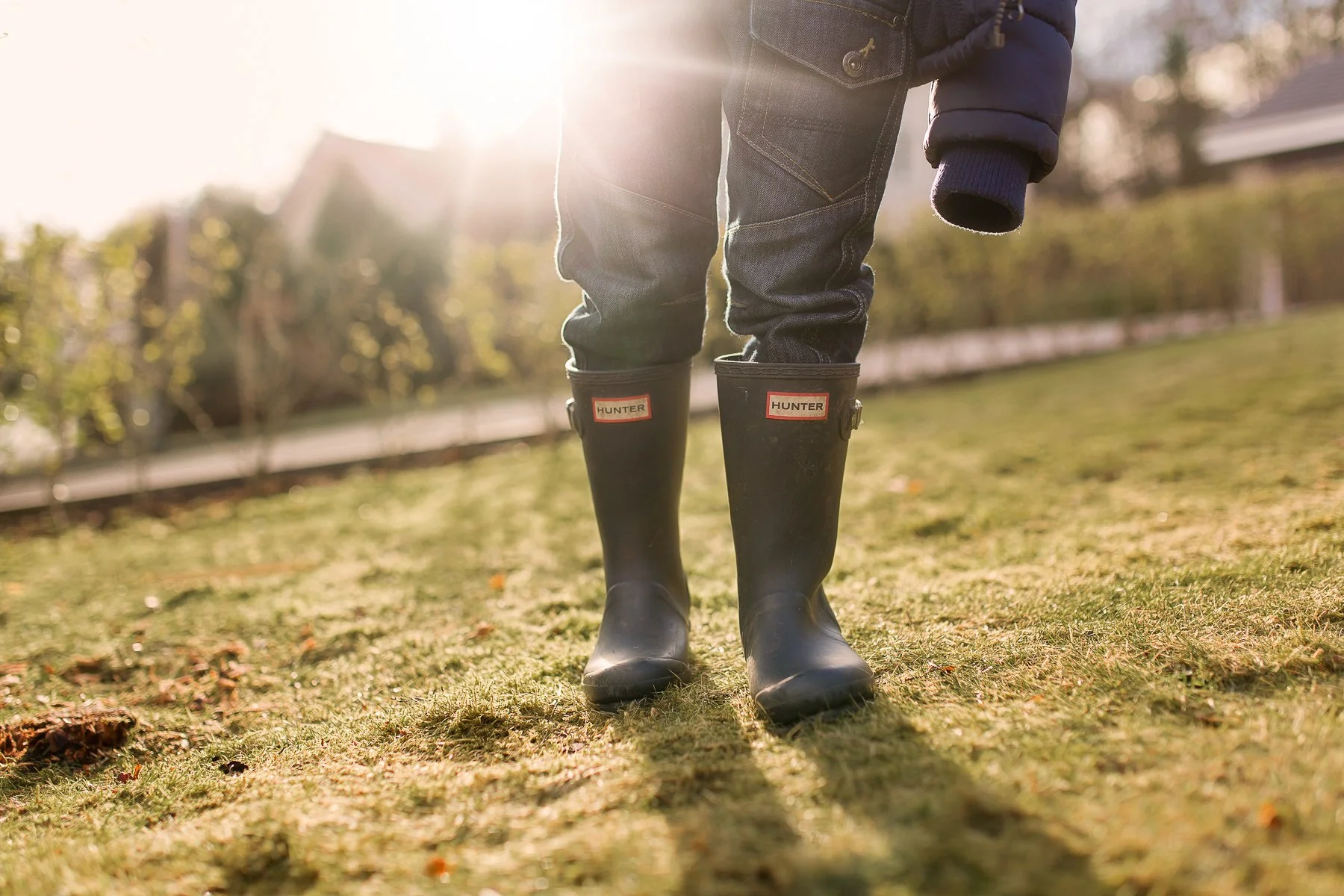RAW vs JPEG - Which Is Right For You?
When shooting with a DSLR, you have two choices of file formats in which to take your image - RAW or JPEG. You may have already heard these two terms bandied about, but not be quite sure which is the best one for you to use so I’m going to briefly go over what the differences are between the two, so you can decide on the best format for you!
What is a RAW File?
First let's look a what a RAW is. It's a data file completely unprocessed by the camera, which contains the whole range of light and detail that the camera recorded.
As the file is not compressed in any way, the quality of a RAW file is significantly higher.
AND because this full range of data is recorded, it can help you recover highlights you thought were lost, allow you to easily change white balance, and "rescue" images that were under or over exposed.
The downside to these lovely perks are the fact that the file sizes are HUGE, and that because the file is RAW, you will need to "cook" it yourself in processing before it looks as good as it should, and then save it as JPEG for sharing.
What is a JPEG?
JPEG is probably what most amateurs shoot in.
If you shoot in JPEG, he camera takes the above RAW file, processes it by adding contrast, a color boost, sharpening and running noise reduction. It then flattens the file, getting rid of the information that it didn’t need, compresses it to a smaller file size and saves it as a JPEG, tossing out the RAW file as it does so.
In return for having a smaller file size and less information retained, you will not need to do much processing to your images, and you can share them straight from camera without having to any processing.
However, if you shoot with significantly the wrong white balance, or you need to adjust your exposure by more than a little, then you have no real hope of saving the image - everything you needed to "fix" it has been tossed with the RAW file.
So which is right for you?
It's my advice to shoot in RAW.
I resisted for a long time, as the thought of post processing EVERY image scared me a little, but the extra time it takes it well worth it for the expanded control I get over my images.
I'd love to say that I got my exposure and white balance spot on each and every time in camera, but the truth is I don't - and RAW gives me the leeway to fix my mistakes and get my image how I should have got in camera. (If you are learning, you are liable to make mistakes, and shooting in RAW will give you extra leeway to fix them in processing)
Secondly, I like to add as much or as little contrast or saturation as I want, not how much the camera adds as default. Maybe this is over controlling, but I like the fact that the image is more easily adjusted to suit my style, or what I wanted for that particular image. So, even although most of my images are fine SOOC, I like the control that RAW gives me.
However, I understand the desire to shoot in JPEG!
If you are a beginner, there is something to be said about learning to shoot in JPEG - because you have much less wiggle room in processing, you really need to get it right in camera, so you will start to pay close attention to your settings pretty early on, and not be able to rely on post processing! (Deleting files of the time your child finally looks at the camera and smiles due to under-exposure is a real motivator!)
When JPEG Is The Best Option
If you are are already getting good SOOC images, then there are times when shooting in JPEG may be the best option. For example, if you were at a family gathering were you are taking lots of photos and don't want to edit each one, a JPEG will give you much smaller file sizes and the ability to simply print them out or share without any further processing.
If you currently shoot in JPEG, then perhaps I can persuade you to take a few images in RAW and try processing them and see what you think. Remember you will need a software program that processes RAW images - my personal recommendation is the Photography Plan from Adobe, and use Lightroom Classic for the bulk of your photo editing, and Photoshop for any deep pixel work (You can use Lightroom CC for your mobile photos if you want to!)










